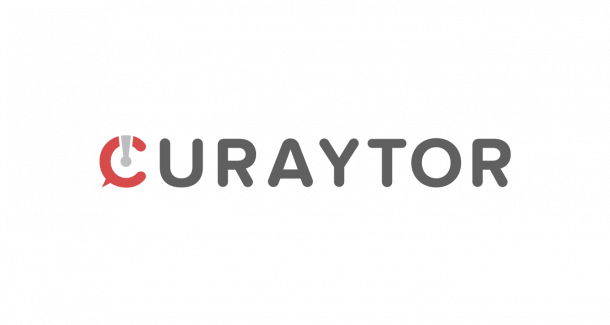How to generate real estate leads
Forced registration is a crutch.
It has proven to be a moderately-effective lead generation strategy, but it comes at a cost. Sure, forcing leads to register so that they can continue to browse your website results in leads. It also results in:
Long sales cycles
Low conversion rates
Discouraged sales reps
A lack of imagination and an unwillingness to think beyond the short-term has forced most real estate agents and teams to settle for a mediocre strategy that gets mediocre results.
It’s time to challenge ourselves to innovate beyond forced registration and look to the future for new possibilities.
Let’s examine the different types of lead generation tools and the role they can and should play in your lead generation strategy:
On-site lead capture tools
The primary function that on-site lead capture tools serve is to turn existing visitors on your website into new subscribers. Professional marketers use on-site lead capture tools to increase blog subscribers, qualify leads, provide free resources (downloadable guides) and increase appointments for their sales reps.
Here’s a breakdown of four common on-site lead capture tools:
Gated Content
Gated Content interrupts the users entire experience and forces them to either opt-in or close out of the offer. The benefit of this type of lead capture is that it can result in a higher conversion rate than overlays or exit-intent (more on those below) but it will likely turn off some visitors resulting in a higher bounce rate. A best practice is to use something that is truly irresistible to your visitors. For example, in a low inventory market, that might be access to off-market listings or early access to the newest listings.
At Curaytor, we’ve used this technique to generate over 5,000,000 leads using our clients listings.
In our experience, listings are the best piece of content to use for the Gated Content strategy.
Pop-ups
Pop-ups capture leads based on time on site or when a visitor lands on a specific page of your website. Pop-ups can also be triggered by an event like clicking on a specific button or scrolling down a certain percentage of a page. This type of lead capture strikes a balance of increasing your website’s conversion rate while still allowing the visitor to freely navigate your site if they so choose by simply closing the pop-up.
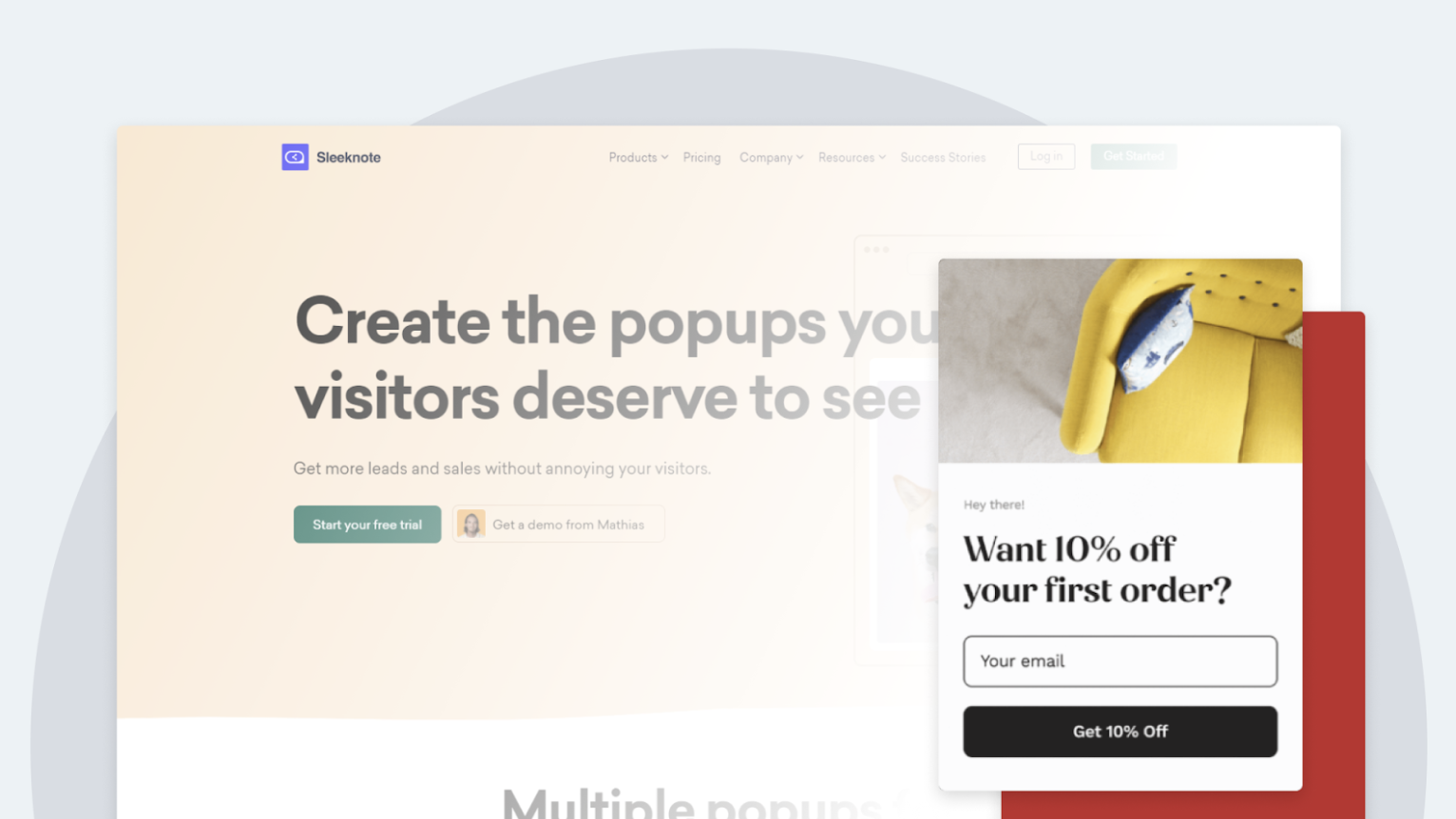
Notification Bar
Placed above the content, a notification bar is the least intrusive on-site lead capture tool that can help guide a website visitor to a page you want them to visit or get them to opt-in to receive something via email.
Notification bars are typically used to promote timely content like a giveaway or deal. In the context of real estate, it can be used to promote new listings, new blog posts or updates on the market.

Exit-intent
Exit-intent captures leads based on when the user is scrolling away from your website, towards the browser. It is used as a last attempt to capture a lead before they leave. Considering that 94% of all website visitors only visit once, this is a smart strategy.
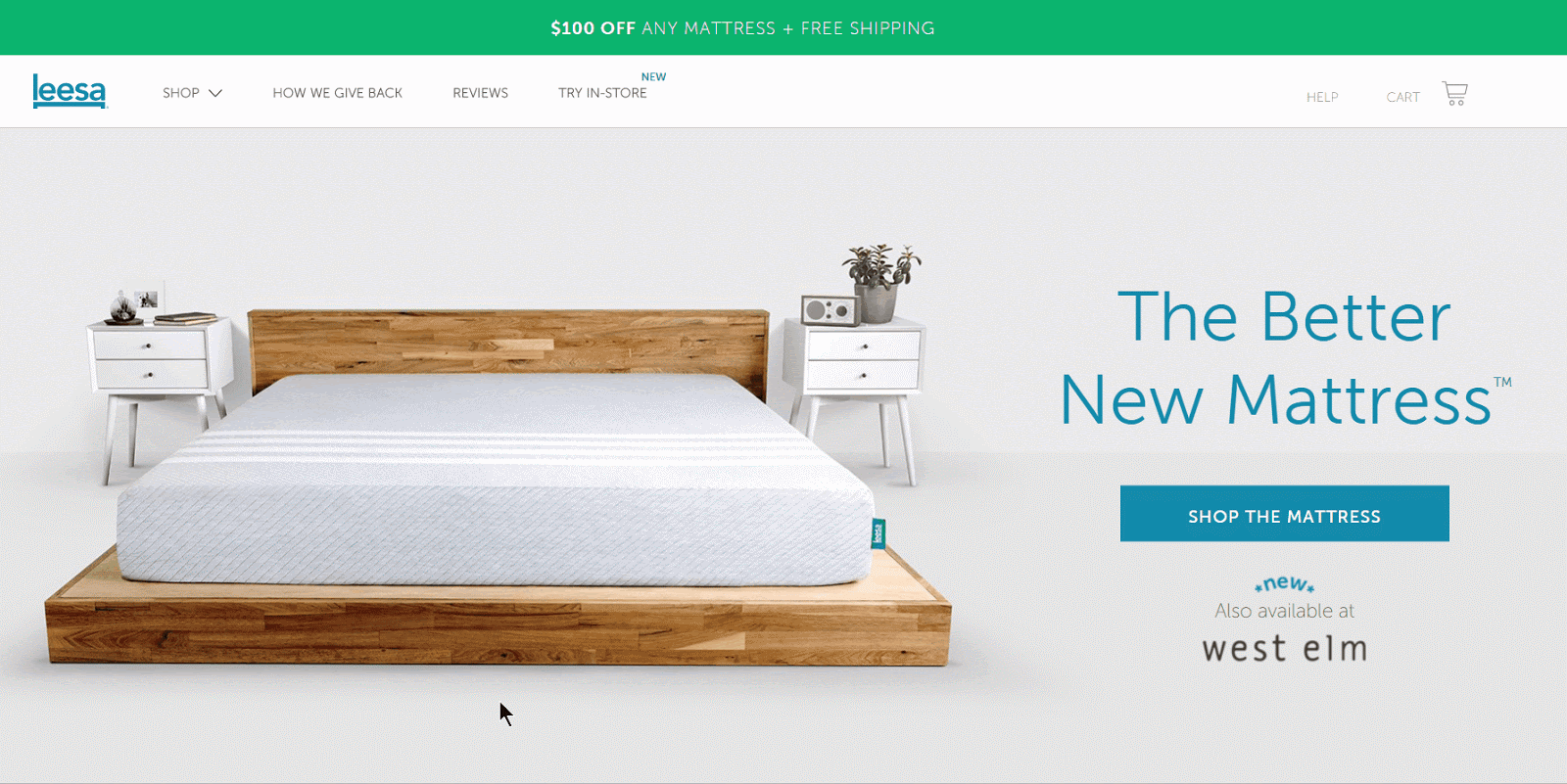
Native Social and Search Lead Capture
In 2015, Facebook introduced Lead Ads. By leveraging native lead capture, you are able to create and deploy a landing page through Facebook Ads Manager without having to build a custom landing page on your website.
Here’s how it works on Facebook:

There are 3 distinct advantages to native lead capture:
1. Speed - you can create a native lead form in much less time than it takes to build a custom landing page. Plus, the native forms load much faster than if someone clicks through to your website.
2. Higher Conversion - because several of the fields (like name, phone number and email) are pre-filled by pulling that data from their social media account, you can expect to increase your conversion rate significantly.
3. Optimize Ad Spend - by building a native form, you’re able to set your campaign to optimize based on the objective you’re trying to achieve, leads. This can also be done by using Facebook Pixel but it’s 10x harder and more complicated.
There are also a few limitations you should be aware of when it comes to native lead capture:
1. Post-Conversion Tracking: Because the conversion is happening natively on Facebook, Instagram, Twitter, LinkedIn or Google, it’s very difficult (not impossible) to track what a lead does once they visit your website after they fill out a native lead form.
2. Inflexible: You have limited control over the design and layout of your native lead forms which can sometimes be too restrictive compared to a traditional landing page.
3. Steep Learning Curve: Setting up a Lead Ad is not an easy task. If you don’t have experience running Facebook Ads, there is going to be a learning curve.
Currently, Facebook, Instagram, Twitter, and LinkedIn all offer their own version of a native lead form.
Most recently, Google also announced plans to introduce their own version of native lead forms.
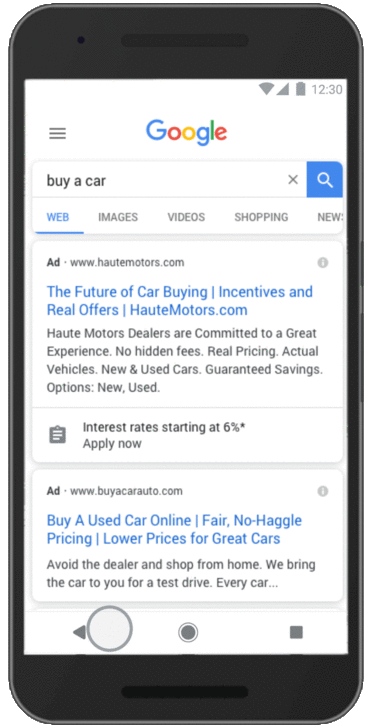
In the last 30 days, we’ve generated 10,000+ leads using Facebook Leads Ads. Needless to say, we’re big fans at Curaytor.
Interactive Lead Generation
Over the last few years we’ve seen a rise in interactive lead generation tools. This concept was popularized by Hubpsot in 2007 when they introduced their Website Grader.
Since they released it, the Website Grader has generated millions of leads for Hubspot.
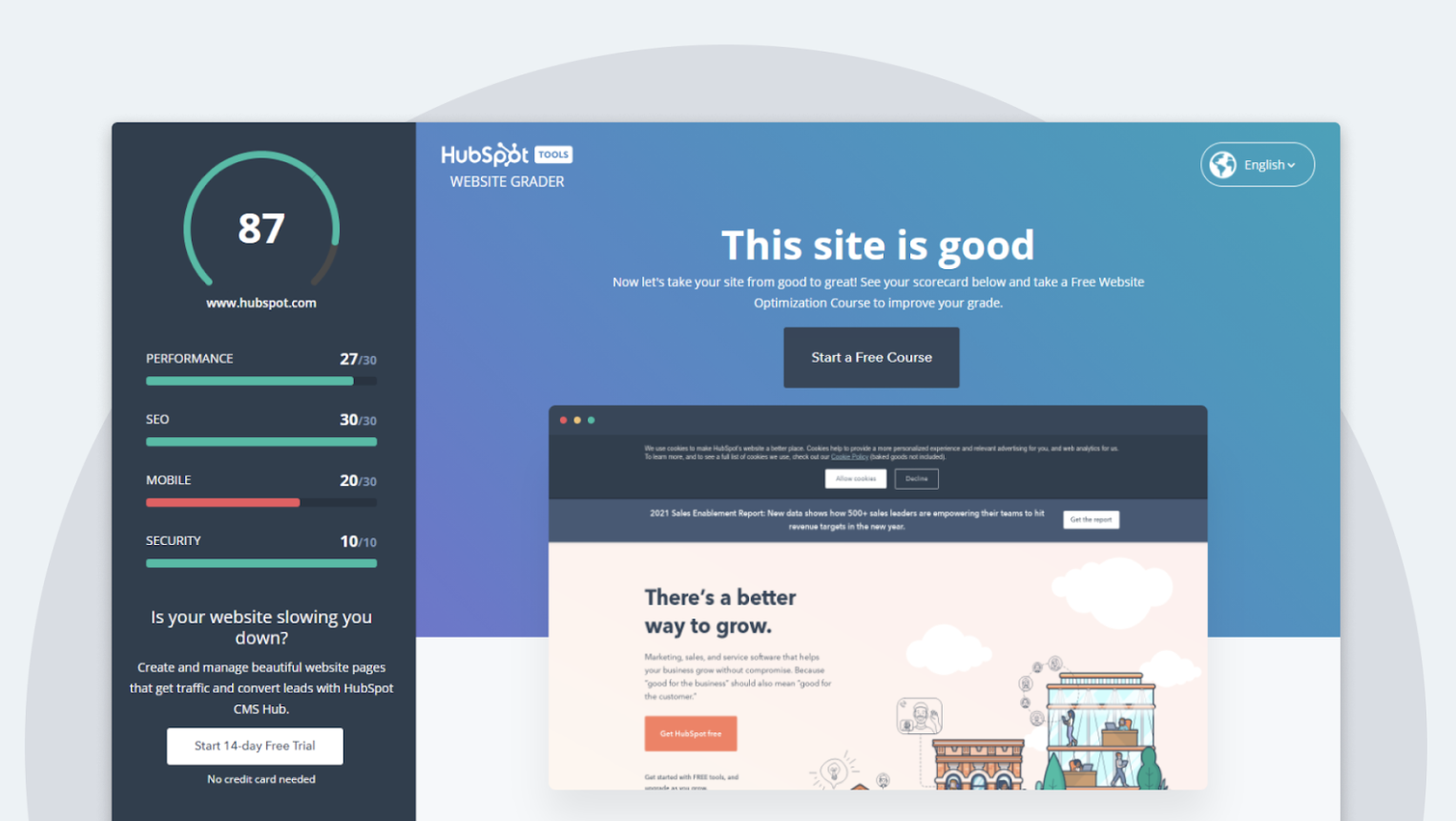
You can apply this same concept to your real estate business. Let me give you some examples:
For potential sellers, you could build a calculator that could estimate their profit based on the sale price of their home.
For potential buyers, you could build an affordability calculator that would allow buyers to have a better sense of the true cost of homeownership beyond the mortgage and insurance.
In the past, building interactive lead generation tools would require designers and engineers and take months to build. Today, you can build one yourself in a few hours using tools like Outgrow.
Video Lead Capture
Video marketing is undeniably one of the best ways you can elevate your business above the competition.
In real estate, we shoot a lot of videos.
Listing videos
Client testimonial videos
Market Update videos
How-to videos
Culture videos
And the list goes on..
But in all my years in the real estate industry, I have yet to see anyone use video lead capture.
With the meteoric rise of video content creation, I think it’s time to explore adding this to your lead generation strategy.
Here’s how it works:
Using tools like Wistia or Vimeo, you can upload your video content, add in a lead capture form, and then embed that on your site.
Pro-tip:
If you’re looking for a higher-volume of leads, place your forms in the first 20% of the video. If you’re looking for high-quality leads, place your forms after 60% of the video is watched. (source Wistia)

Live Chat or Chatbots
One of the ways that we get highly qualified leads is through the live chat and chatbot option on our website. Sometimes people don't want to fill out the form to contact us and just have a quick question or want to speak to a "real person".
Want our help getting more referrals?
Curaytor clients get a marketing plan every month that helps them stay in front of their past clients and sphere.

